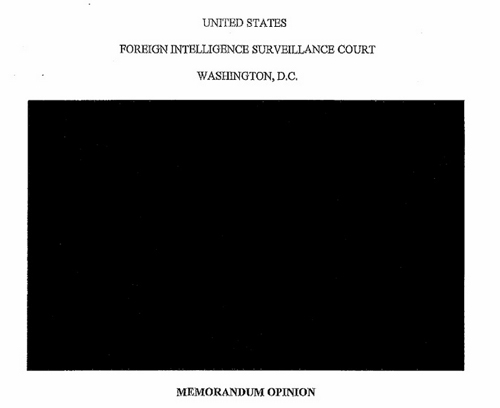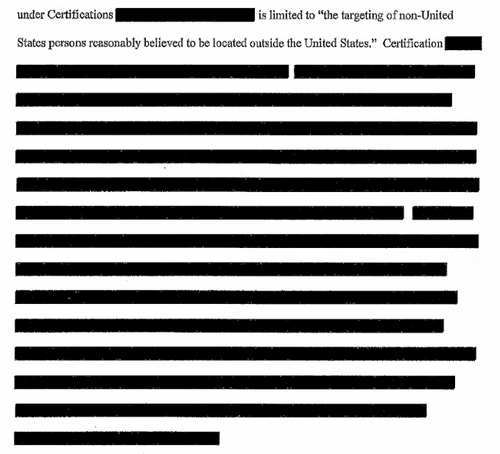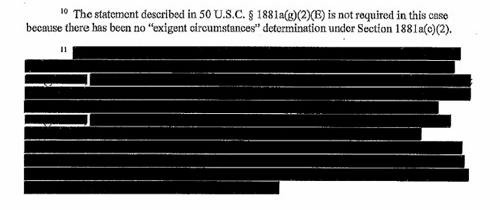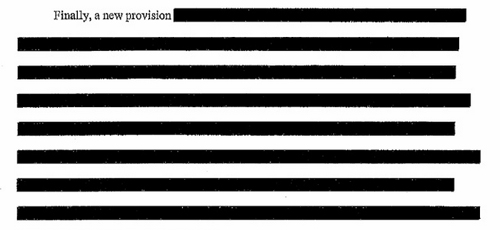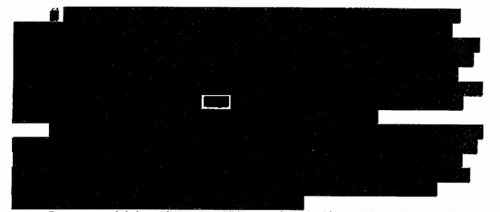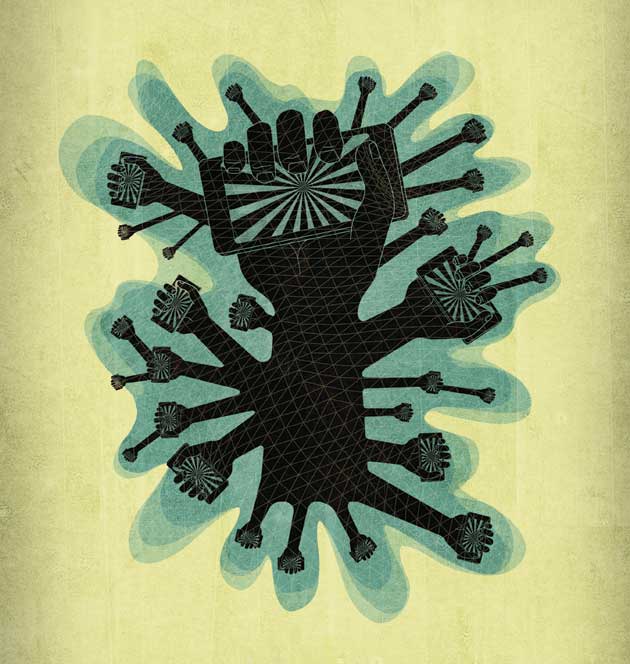On Wednesday, the Office of the Director of National Intelligence released a 2011 FISA Court ruling striking down a top-secret National Security Agency online-surveillance program. The court, whose opinions are normally classified, found that the agency had accessed as many as 56,000 electronic communications (such as emails) from American citizens and foreign nationals over a three-year period by tapping into fiber-optic cables.
The ruling is 86 pages long, but don’t expect to read all of it: It’s so heavily redacted that large portions of the text look like some sort of cubist Rorschach test. As a result, much of the declassified ruling’s contents will still be unknown to the general public.
But don’t let that stop you! Below, you can take your best guess at what the redacted opinions should say with our NSA Choose-Your-Own-[Redacted] Mad Libs:


Think the results of your NSA Mad Lib looked crazy? Check out some of the actual redactions on the newly released FISA rulings:
